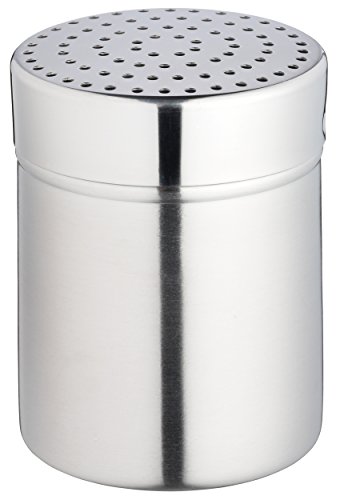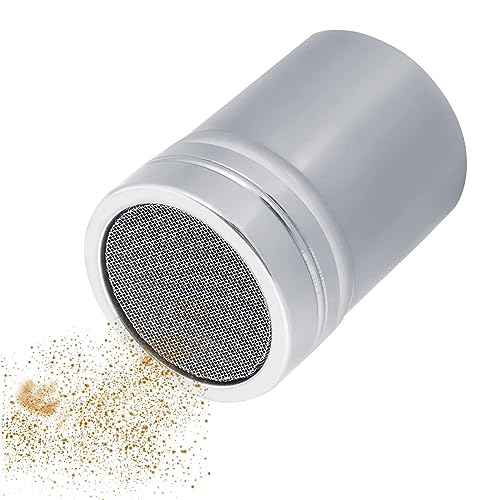Understanding Flour Dredgers
Flour dredgers are widely used in bakeries and pastry shops for dusting flour or powdered sugar onto various baked goods. These machines efficiently dispense a fine layer of flour over a large surface area, ensuring that the baked goods are evenly covered. While they seem like simple machines, it is important to understand their durability and lifespan to make informed decisions when purchasing them.
Factors Affecting Flour Dredger Lifespan
The lifespan of a flour dredger depends on several factors. One of the primary factors is the type of machine being used. Manual flour dredgers tend to be more durable than electric models because they have fewer moving parts and require less maintenance. Additionally, the durability of a flour dredger can be affected by the materials used to make it. Stainless steel models tend to be more durable than plastic ones, and cast iron models can last for years with proper care and maintenance.
Maintenance and Care of Flour Dredgers
Regular maintenance and care can extend the lifespan of a flour dredger. This includes cleaning the machine after each use, ensuring that it is properly stored, and performing routine maintenance tasks such as lubricating moving parts. In addition, it is important to check the machine regularly for signs of wear and tear, and to replace any worn or damaged parts as soon as possible to prevent further damage.
Expected Lifespan of Flour Dredgers
The lifespan of a flour dredger can vary greatly depending on the factors mentioned above. On average, a well-maintained flour dredger can last anywhere from 5 to 15 years. However, some models may last even longer in certain situations. For example, a manual stainless steel flour dredger that is used infrequently and cleaned and stored properly may last for decades.
Cost vs. Lifespan of Flour Dredgers
When considering the lifespan of a flour dredger, it is important to also factor in the cost of the machine. While some cheaper models may only last a few years, investing in a high-quality, durable model may be more cost-effective in the long run. Additionally, it is important to consider the frequency of use when making purchasing decisions. A higher-quality, more durable machine may be the best choice for a high-volume bakery, while a cheaper model may be sufficient for a smaller operation.






